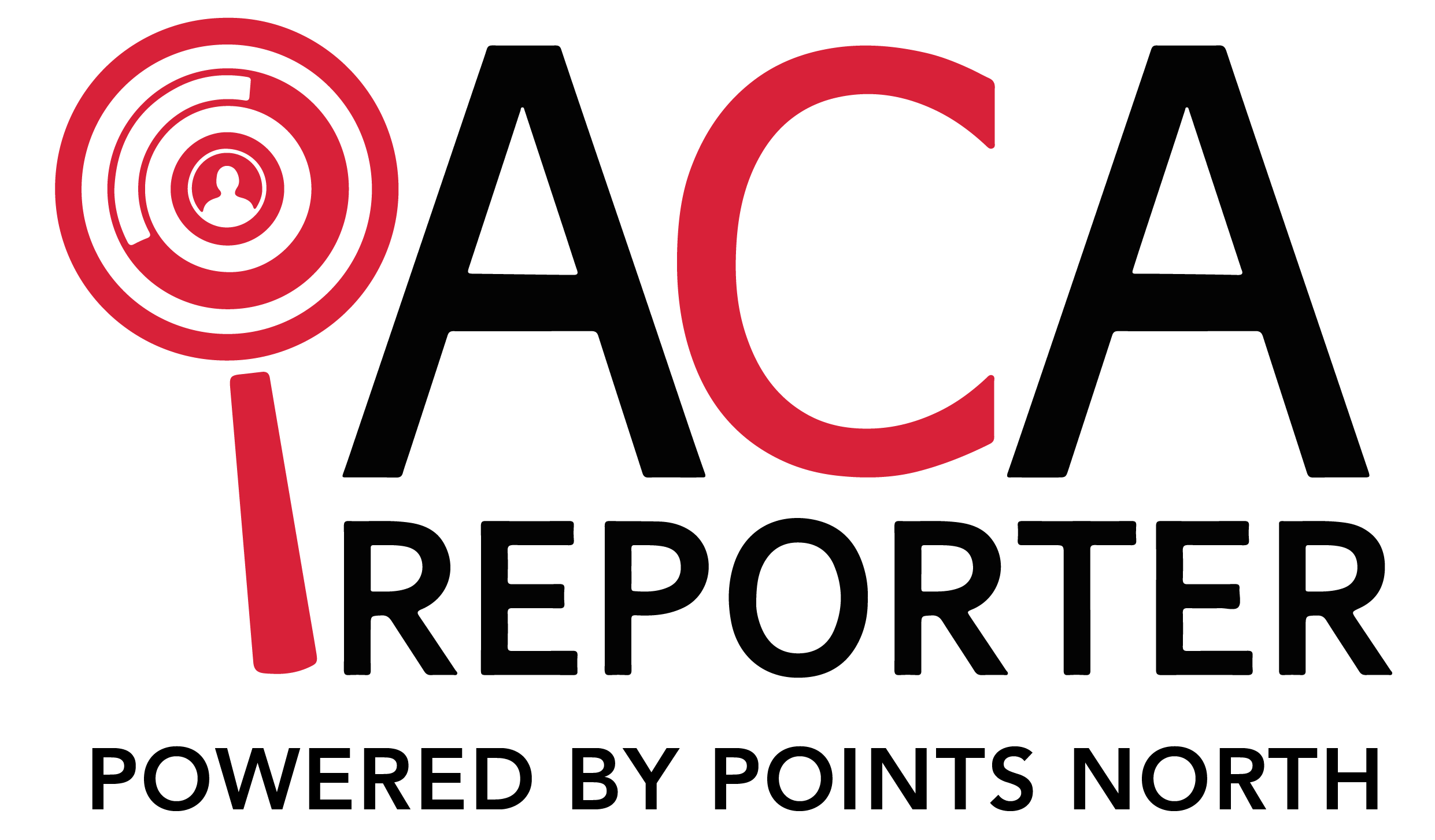Every business owner wants an IRS inspection to go well and relief from a significant penalty. But small mistakes while filing ACA can add up to big IRS complaints and fines.
We have compiled three common errors in ACA reporting. Keep your cool filing it and secure your company from the IRS penalties.
Know and avoid making these typical mistakes:
1.Not Recognizing Applicable Large Employers (ALEs) Status
The most common error found in ACA reporting is not filing it. It sounds uncanny, but many employers are mistaken to presume that they do not meet the IRS terms and do not file ACA.
Companies must identify IRS requirements and comply with them. Organizations with 50 or more full-time employees (including full-time equivalent employees) within the previous year must do the Affordable Care Act (ACA) reporting.
Businesses with more than 50 full-time employees include in Applicable Large Employers (ALEs). Also, those who hire several part-time staff, they must convert their working hours into full-time employees, to see how many full-time staff they equalize.
For instance, four part-time workers operating 10 hours per week equals one full-time worker.
2.Code Errors on Form 1095-C
Failure to document all information on IRS Form 1095 to show full-time employees will cause you IRC 4980H penalties.
Part II of Form 1095 requires code combinations that show information by month:
- What kind of coverage offer made to an employee, as well as to which employees received the coverage offer (Line-14).
- The lowest cost contribution for self-only coverage IF the plan did not meet the Federal Poverty Level safe harbor (Line-15).
- why a penalty could not be assessed for a particular month because a safe harbor applied (Line-16).
If you add the wrong codes in lines 14-16 on Form 1095, you may find yourself with a major penalty charge.
Prevent coding mistakes in filings with the IRS to stay away from IRS penalty notices. The most effective way to avoid code errors is to send the ACA reporting electronically.
3. Incorrect and Unreliable Filing Method
Employers more than 250 employees must file electronically to the IRS. Even smaller companies should use the automated method to avoid penalty risks.
E-filing reduces the chances of records being lost, mixed-up, shuffled, or mistyped.
Filing electronically gives you more time in preparing your ACA Reporting with the IRS. The yearly electronic filing deadline is March 31, a full month after the paper filing deadline of February 28. A full-month extension for preparing, reviewing, and correcting data for your organization’s 1094-C/1095-C schedules.
You can track your E-Filing Submission status. It confirms the date you filed your ACA Reporting, which is important when securing your company against IRS penalty assessments.
The Takeaway
We hope this tax year, you will not make any errors. Also, we can lead you through the process from the start to the end, and help you to prevent every possibility of receiving a penalty.
Contact us if you need help with your annual ACA filing submissions to the IRS.
Contact Us! for more information





